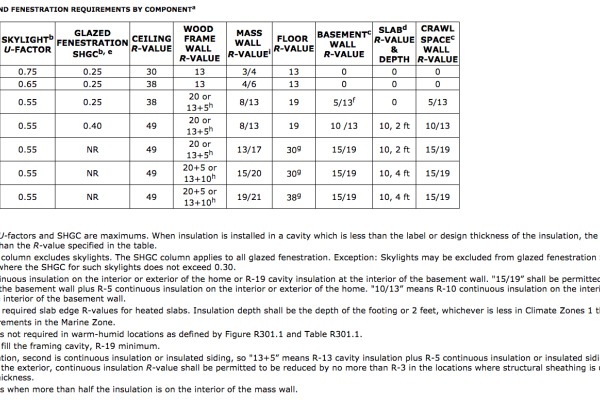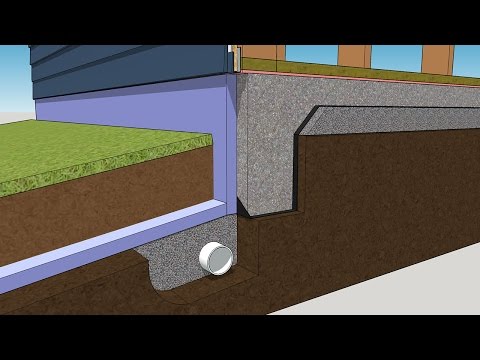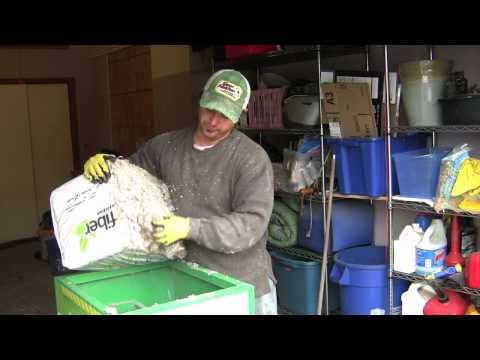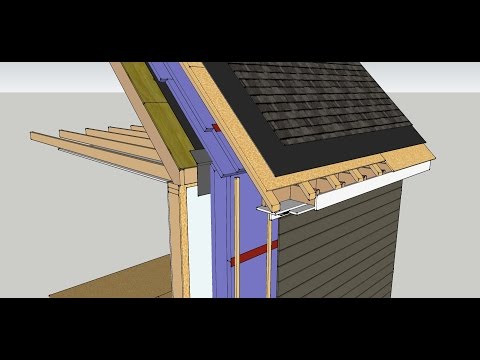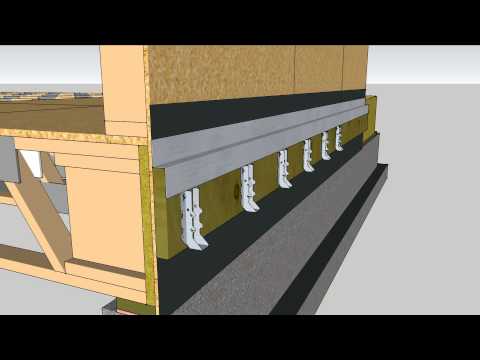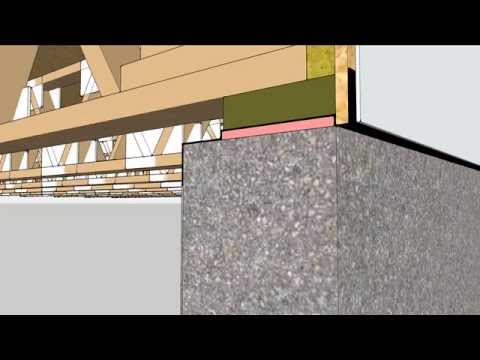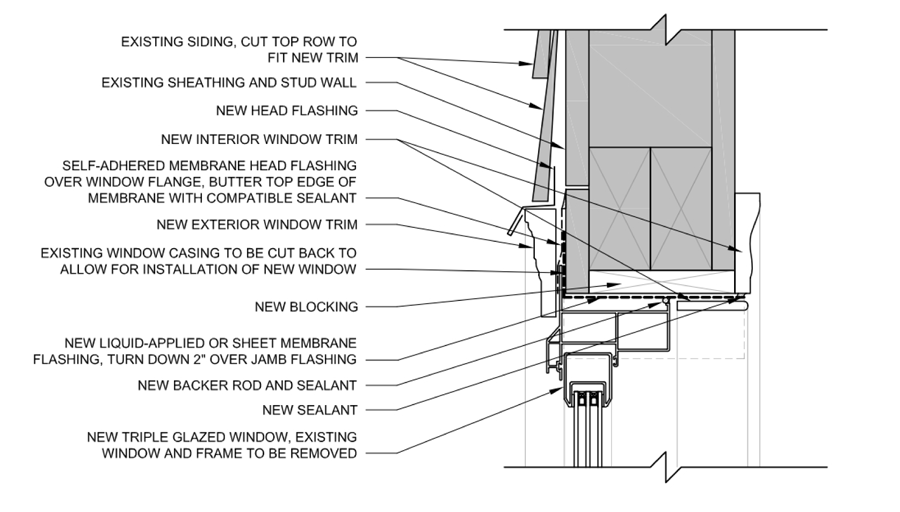An affordable insulated slab foundation suitable for climate zones 1, 2, and 3
One of the cold spots on a house is where the edge of the slab is left exposed to the outdoors. This thermal bridge is really more like a thermal runway because outdoor air is a lot colder than the ground during the winter.
No surprise that insulating the edges of slabs is one of the items on the Energy Star checklist.
A single-pour slab gets you out of the ground fast, but it is harder to insulate than an isolated slab. Blocking the exposed perimeter eliminates most—much, much most—of the heat loss. Here's how to keep a monolithic slab warm and dry all the time.
Step by step:
- Begin with a piece of ground.
- Dig a hole larger than the slab will be, excavating the perimeter below the frost line.
- Lay plastic on top of the undisturbed ground where the slab will be, and then pour the slab.
- Wrap the edge of the plastic up and install rigid foam insulation along the outside edge of the slab. This foam is about ¾ of an inch, which is good for hot climates.
- Cover the foam with some sort of protective layer, such as a stucco parging or panels rated for ground contact.
- Before backfilling, install a footing drain (if required) in a bed of gravel.
- Backfill the hole and frame the walls on top of the slab.
- A piece of flashing above the insulation keeps water and bugs from sneaking in.
- Install the siding, plant some grass, and then take your lunch, knowing that this slab will stay warm and dry for a long, long time.
This detail is not a high-performance detail, but it is much, much better than the low bar of code. The underside of the footing and the underside of the slab is still thermal bridges to the ground, but the vast majority of heat is lost through the sides—because there is a much larger temperature difference between inside and outside than between inside and the ground.
We will post additional videos that pertain to other climate zones in the coming weeks.
<code>
</code>
—Steven Baczek is an architect in Reading, Mass, whose architectural services are used all over the United States. He designs energy-efficient homes for production builders and Passive House Retrofits.

